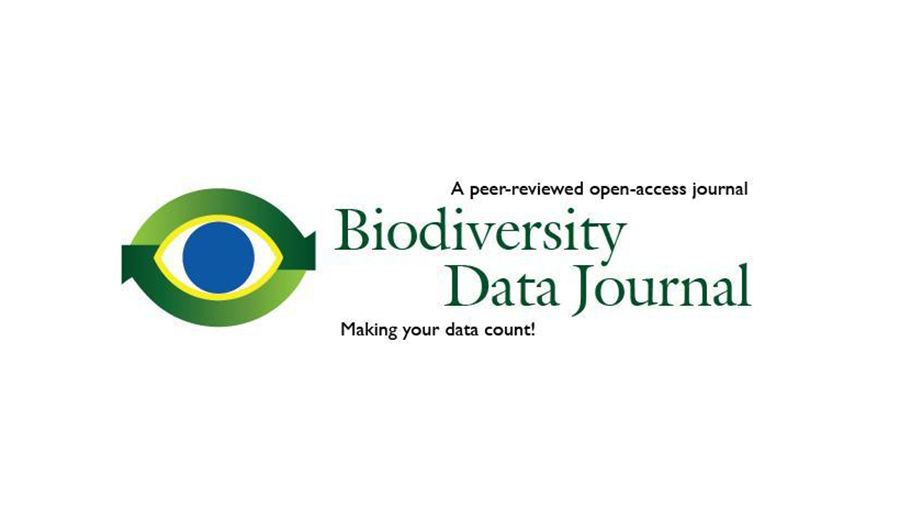Following recent API integration with ReviewerCredits, Pensoft – the scholarly publisher and technology provider – has launched a pilot phase with one of its peer-reviewed, open-access journal: Biodiversity Data Journal (BDJ). Reviewers, who create an account on ReviewerCredits, will automatically record their peer review contributions, which will be certified via the platform and receive rewards and recognition within the scholarly community and fellow scientists.
Apart from a seamless system to showcase their peer review activity, reviewers will also be assigned virtual credits, which can be redeemed for benefits provided by selected partners, including discounted APCs.
The registration on ReviewerCredits is free. While a reviewer can register any of his/her peer reviews on the platform, reviews for journals partnering with ReviewerCredits earn additional redeemable credits.
Once a reviewer signs in BDJ using their own reviewer account, a pop-up window will recommend that an account on ReviewerCredits is created by using an ORCID ID or an email address. Once the registration is complete, each completed peer review contribution will automatically appear as certified on ReviewerCredits, as soon as the editor submits a final decision on the reviewed manuscript. In line with peer-review confidentiality, the entry displayed on ReviewerCredits will not contain the content of the review, nor the particular paper it is associated with.
“We are happy to partner with ReviewerCredits to further recognise, encourage and reward the contribution of reviewers in BDJ. No one should forget that, at the end of the day, it is up to reviewers to ensure that only good and quality science makes its way in the world. Unfortunately, though, their role in scholarship has traditionally been overlooked and we all need to put in effort to change the status quo,”
comments Prof. Lyubomir Penev, founder and CEO of Pensoft.
“We are excited by the collaboration with Pensoft on this project and to acknowledge BDJ among our prestigious partner journals. Pensoft has proved an extremely competent partner, well aware of the importance for journals to state the value of their peer review process. We work together to strengthen the collaboration between journals and reviewers and we are looking forward to a growing collaboration with Pensoft publications,”
Prof. Giacomo Bellani, co-founder and president of ReviewerCredits, underlines the value and enthusiasm for this new partnership.
Additional information:
About ReviewerCredits:
ReviewerCredits is a startup company, accredited to the University of Milan Bicocca, launched in 2017 by enthusiastic active researchers and scientists. ReviewerCredits is an independent platform dedicated to scientists, Journals and Publishers addressing the peer review process.




